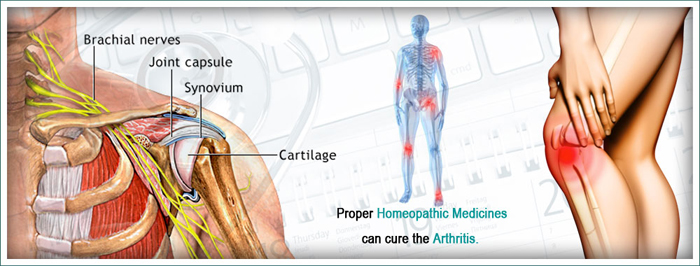Natasha Persaud
August 23, 2016
Following a diet similar to the Dietary Approaches to Stop Hypertension (DASH) eating plan—which is rich in fruits, vegetables, and low-fat dairy—may stave off chronic kidney disease (CKD), according to 2 new studies.
“Our results provide support for promotion of a DASH-style diet in an even broader segment of the US population for reduced risk for kidney disease in addition to blood pressure reduction and cardiovascular disease prevention,” Casey M. Rebholz, PhD, MS, MPH, of Johns Hopkins Bloomberg School of Public Health in Baltimore, and colleagues concluded in the American Journal of Kidney Diseases.
The investigators assessed the development of CKD in 14,882 black and white adults from the Atherosclerosis Risk in Communities (ARIC) study over 23 years of follow up. At baseline and an additional visit, participants self-reported their intake of red and processed meat, sweet drinks, sodium, fruits, vegetables, whole grains, nuts, legumes, and low fat dairy in a validated 66-item food frequency questionnaire. None were given dietary advice.
After comparing participants whose diets most and least reflected the DASH diet, the investigators discovered that CKD—defined by a decline in estimated glomerular filtration rate of 25% or more to a level below 60 mL/min/1.73m2, end-stage renal disease, or a related hospitalization or death—was 16% more likely to develop in low adherers to the diet. Dr Rebholz and colleagues adjusted for established CKD risk factors such as comorbid conditions (e.g., diabetes and hypertension), systolic blood pressure, antihypertensive medication, baseline kidney function, sociodemographic factors, as well as lifestyle factors (e.g., smoking, calorie intake, overweight, and physical activity). Importantly, they were unable to assess albuminuria.
High intake of red and processed meats (e.g., cold cuts) was associated with a 22% greater risk of CKD. Conversely, frequent consumption of nuts and legumes, and low fat dairy were linked with 9% and 16% lower risks, respectively. A sensitivity analysis excluding sodium did not alter results.
Several possible mechanisms may be responsible for reduction in CKD risk, Rebholz and colleagues explained. The DASH diet is known to reduce blood pressure. It also has a lower dietary acid load than typical American diets, and previous research has linked acid load with kidney disease. Alternately, typical American diets, unlike DASH, may spur inflammation and endothelial dysfunction, leading to both cardiovascular and kidney diseases.
Further results hinted that protein from meat increases risks to the kidney, whereas proteins from vegetable and dairy may be protective.
DASH can lower uric acid
In the other study, published in Arthritis & Rheumatology, investigators found that a DASH-style diet can lower uric acid, a substance linked to increased CKD risk.
“A number of studies have shown that urate-lowering therapy can improve kidney function and reduce albuminuria, suggesting that uric acid itself may cause direct kidney damage,” study author Stephen P. Juraschek, MD, PhD, of Johns Hopkins Medical Institutions in Baltimore, told Renal & Urology News. “Our study shows that the DASH diet can significantly lower uric acid levels, particularly among adults with hyperuricemia.”
Dr Juraschek and colleagues performed an ancillary study of the DASH-sodium trial, a randomized control trial that originally examined the influence of a DASH diet and varying amounts of sodium on blood pressure. For the current study, 103 adults with pre- or stage 1 hypertension were randomly assigned to the DASH diet or a control diet typical of the average American diet to assess the impact on uric acid levels. Participants consumed meals at low, medium, and high sodium levels of 60, 120, and 180 mmol of sodium per day for 30 days each in a crossover design. Body weight was kept constant.
While the study did not directly measure kidney function, the investigators reported that the DASH diet effectively lowered serum uric acid by 1.3 mg/dL in adults with elevated uric acid above 7 mg/dL. The effect size was comparable to that achieved with medications. Adults with advanced kidney disease, diabetes, or cardiovascular disease were excluded from the study.
Notably, the researchers also found that higher levels of sodium, reflective of a typical American diet, reduced serum uric acid, especially in those with high blood pressure at baseline. The mechanism is unclear, but may involve reduction in sodium and urate reabsorption. The findings do not support consuming typical or excess amounts of sodium to lower uric acid, the investigators emphasized. Rather, clinicians should be aware that acute changes in uric acid can occur.
“The study establishes the DASH diet as an effective dietary intervention to lower uric acid in patients with hyperuricemia,” Dr Juraschek said. It is naturally low in purines (from less red meat), and higher in low fat dairy and produce with vitamin C, which have been associated with lower uric acid.










